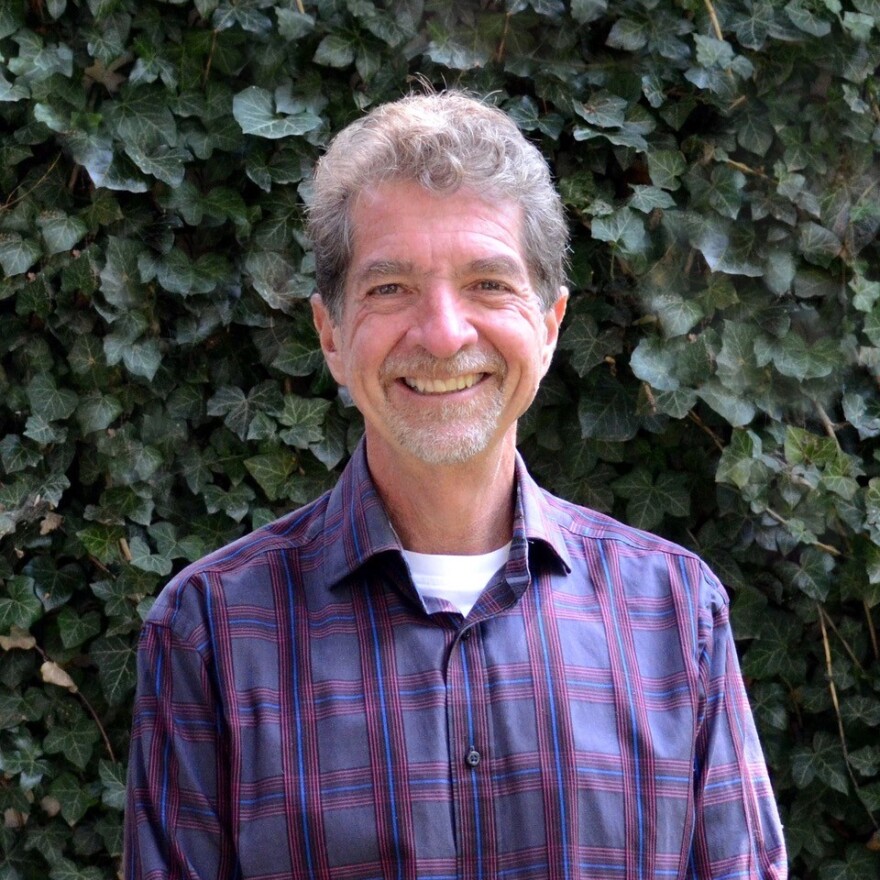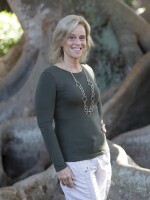In a new report by the National Oceanic and Atmospheric Administration, climate change helped fuel $18 billion worth of weather related disasters in 2022.
The most expensive event was Hurricane Ian, which made landfall near Fort Myers in September of last year.
On Feb. 9, participants in the annual Florida Climate Conference will share their knowledge on how to tackle emergency management, climate action and disaster resilience to mitigate the future impacts of climate change.
In a preview of the event, WUSF's Cathy Carter spoke with Bob Bunting, CEO of the Climate Adaptation Center in Sarasota.
Bob, before we get into this year's conference, remind us why a couple of years ago, you told us that climate change would make storms like Hurricane Ian even stronger.
So, the warmer temperatures in the oceans are rocket fuel for tropical storms and hurricanes. And basically, they just suck right off the ocean heat, and they can spin up really fast. The other thing is the jet stream has slowed down about 20 to 25%. The thermal gradient that is the temperature difference between the equator and the North Pole has actually become less and less over time, which means the jet streams that equalize the atmosphere are now weaker. That means hurricanes move more erratically, and they move more slowly. So, Hurricane Ian moved half the normal rate, and it was twice as large as a normal hurricane as far as geographical extent. So, we now have these super hurricanes that are occurring more often and moving more slowly. So, when they hit the coast, they're going to do more damage.

One of the topics during this year's conference will focus on the triple threat from water. Tell us a little more.
Well, this is really an important thing for us, because half of Florida is below 10 feet above sea level. And the rate of sea level rise right now is twice what it was in 1990, which is troubling. So, we have the triple threat of further rising sea levels, higher storm surges, like we saw in Fort Myers and then we have the inland flooding, which occurs a couple of days after the storm hits due to excessive rainfalls from slower moving hurricanes. So, the rain is piling up on the landmass and it's running off into the Gulf of Mexico. So that's really the triple threat. And of course, we have the delayed reaction of red tides, which is also water related. When you think about it, it could have been called a quadruple threat.
Certainly, one of the goals of these conferences is to talk about mitigation and solutions.
Well, we have to start acting like we're working together. Take government as an example. We have all kinds of governments, we have tiny ones, we have city ones, we have county ones, we have state ones, we have federal ones. And so, we need to have all governments work together. Every community should be doing the same program, not 100 different programs. And if we did that, we would get it done much quicker and much cheaper. So that would be one thing. The other thing is we have to raise our critical infrastructure. Because when we have storm surges on top of sea levels that are increasingly rising, those critical links to our way of life are damaged severely. So, evacuation routes are really, really important. We have tens of thousands of people living on barrier islands, and we're going to have to get them off those islands in a short amount of time and send them somewhere. Where do we send them? We have to know. Every person should know where they're going when a Category 4 hurricane hits, exactly their location, where they bring their cars, there has to be parking at those locations. And that's the kind of planning that we can and should do now and actually change that plan into action and build these facilities. It will save us a lot of money in the long run. And it will create an amazing number of new jobs in what I call the climate economy.
As you have done annually for the past few years, you will be unveiling a climate forecast. Can you tell us a little bit more about what that might be?
What I would like to say is we used to call things freak weather; freak weather has now become our weather. We're going to see these impacts now for the next 100 years based on what we've already done in the atmosphere and biosphere. What we need to do is to start slowing down the rate of change. Because if we do that, it gives us more time. The real risk in our society is between now and 2050. And that's where we have to act. If we don't do it by then, then a lot of this is going to be baked in and we're not going to be able to do much about it. That's why we need to work together. It doesn't matter what you think about why this is happening. The fact is, it's a measurement and it is happening. So, therefore we need to do something and we can.





